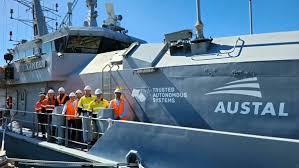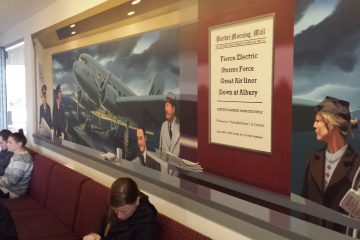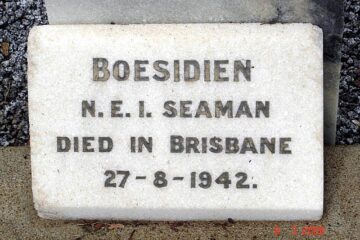In 1932, a daring attempt to circumnavigate the globe by air turned into a harrowing survival story for German pilot Hans Bertram and mechanic Adolph Klausmann. Their journey in the Junkers W 33 seaplane, Atlantis, registration D-1925, took an unexpected turn when they were forced to make an emergency landing on the remote Kimberley coast in Western Australia. .
The Circumnavigation Attempt
On 29 February 1932, a team of four aviators, including Hans Bertram, co-pilot Thom, mechanic Adolph Klausmann, and cameraman Alexander von Lagorio, departed Cologne, Germany, in a bid to circumnavigate the globe. Their mission aimed to promote Germany’s aviation industry and foster goodwill among German communities worldwide. The initial stages of their flight saw them traverse Europe, the Middle East, and Asia, making stops in countries such as Italy, Greece, Turkey, Iraq, India, Ceylon (now Sri Lanka), Burma (now Myanmar), Thailand, Malaya, and the Netherlands East Indies.
Trouble Over the Timor Sea
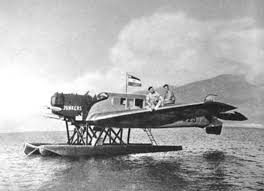
Withe the assistance of the Dutch mechanics at the airport of Surabaya,Netherlands East Indies their engine was totally overhauled. Bertram and Klausmann could now continued their journey. Their next stop was Koepang the capital of Timor one of the other islands of the Netherlands East Indies where they refuelled.
The left Koepang for their flight to Australia on 14 May 1932. They encountered a severe storm while crossing the Timor Sea, which forced them to land near Cape St Lambert in the Kimberley region. Misjudging their location, they believed they had landed on Melville Island, north of Darwin, when in fact, they were far southwest of their intended destination.
The Ordeal Begins
Stranded and low on supplies, Bertram and Klausmann attempted to navigate the harsh terrain. Their initial attempt to take off again ended in failure, and they found themselves in an even more isolated bay. Devoid of water and food, they embarked on a grueling trek back to their original landing site, enduring extreme heat, thirst, and hunger. Their situation grew increasingly dire as they were chased by a crocodile, lost their clothes, and became overwhelmed by swarms of flies.
Makeshift Canoe and Continued Struggle
Desperate to survive, the aviators fashioned a makeshift canoe from one of the plane’s floats and attempted to paddle to safety. Despite spotting the ship MV Koolinda passing nearby, their distress went unnoticed. After several days of arduous paddling, they were forced to abandon the damaged canoe and seek shelter under a rock ledge at Cape Bernier.

Search and Rescue
The disappearance of Bertram and Klausmann prompted a significant search effort. The Dutch gunboat HNLMS Flores and local Australian authorities launched land, sea, and air searches. On 15 June, the seaplane was located on a beach near Rocky Island, but the men were nowhere to be found. Finally, on 22 June, a group of Aboriginal fishermen discovered the exhausted and near-death aviators, who had been lost for 39 days.
Aftermath and Recognition
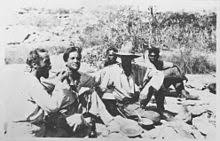
Following their rescue, Bertram and Klausmann were taken to Wyndham, where they received medical attention. Bertram continued to recover and later returned to the site to retrieve and repair the Atlantis, eventually flying it to Perth. Klausmann, however, never fully recovered from the ordeal and returned to Germany.
Bertram’s harrowing experience was later chronicled in his book “Flug in die Hölle” (Flight into Hell) and adapted into a television miniseries in 1985. Their story remains a testament to human endurance and the spirit of exploration, etched into the annals of aviation history.
Source: Wikipedia
See also: Survivalist retraces lost aviators’ trek
